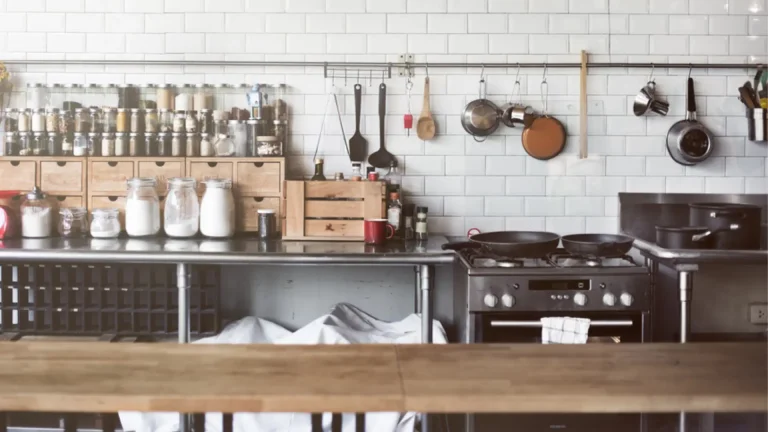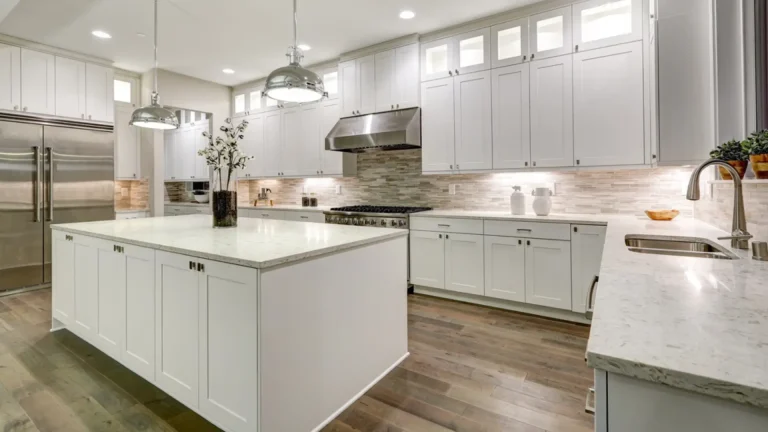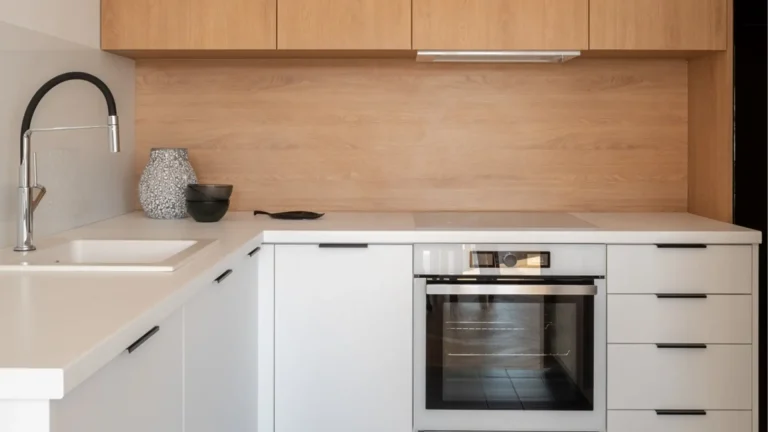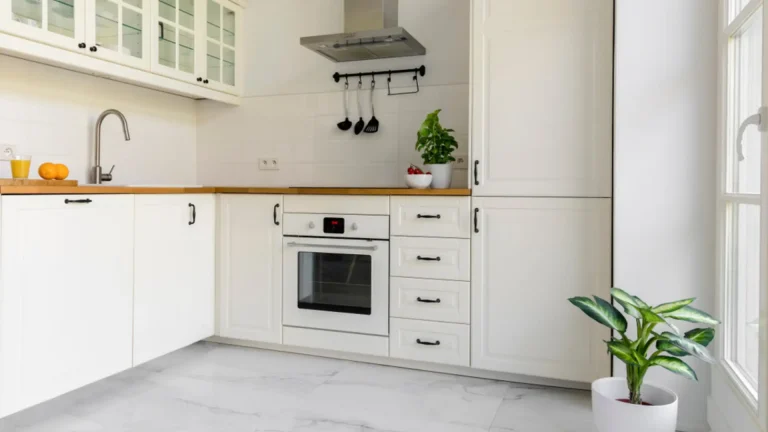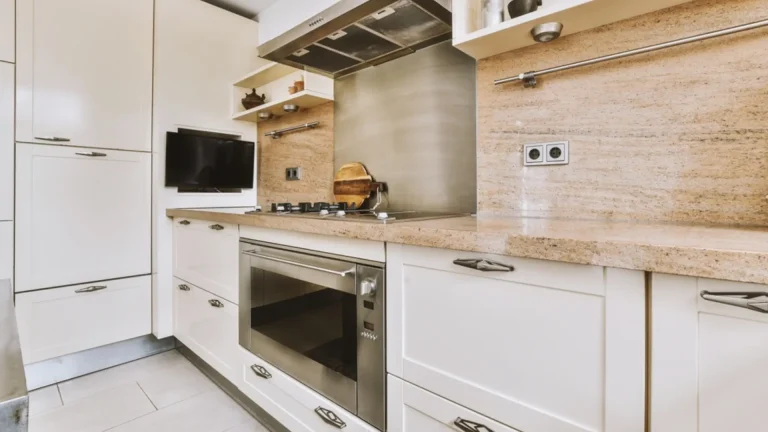A Step-by-Step Guide: How to Paint Kitchen Cabinets Without Sanding
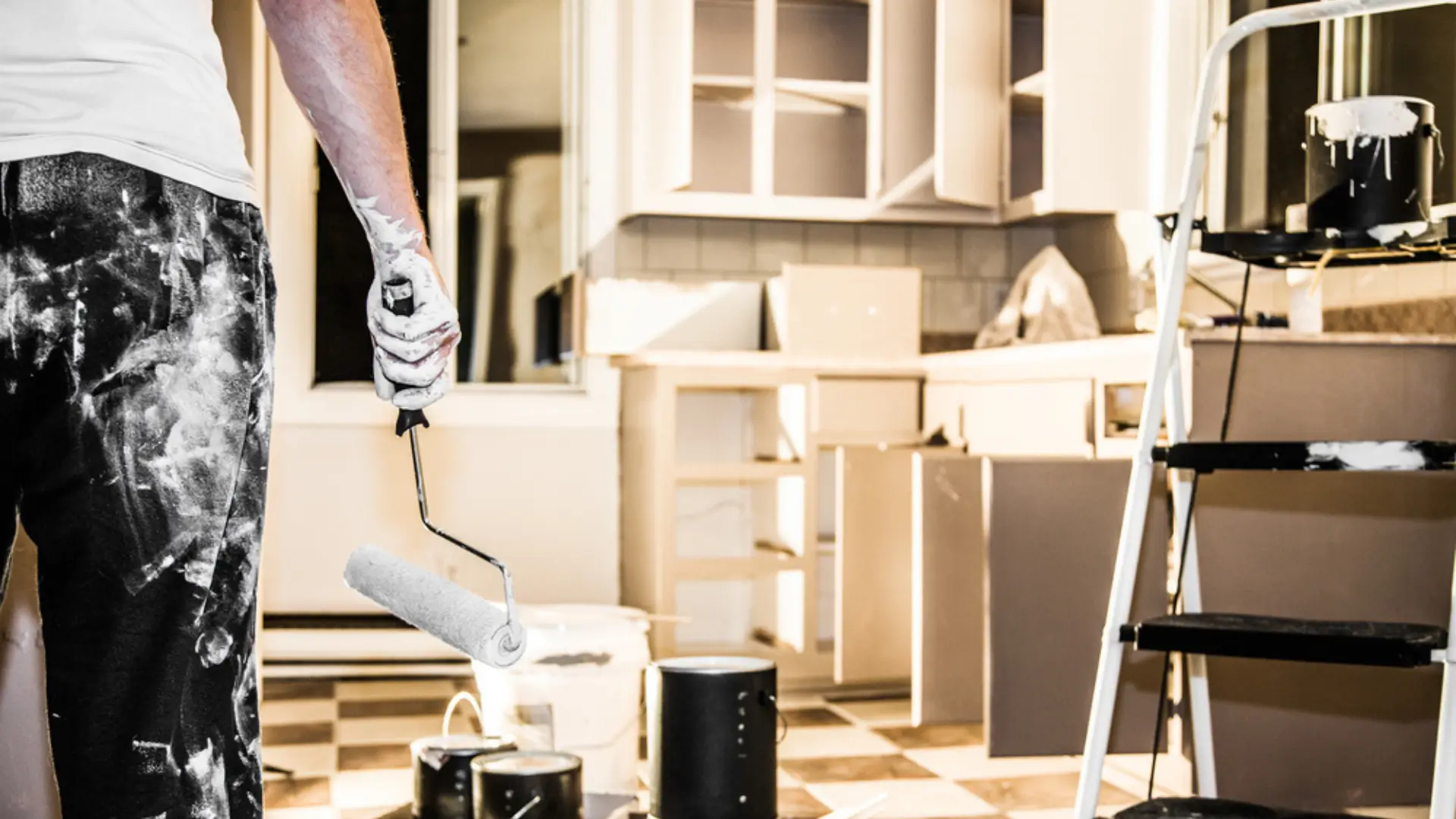
Tackling a kitchen makeover can seem daunting, especially when it comes to updating cabinets. However, if you’ve been wondering “how to paint kitchen cabinets without sanding?”, you’re in luck. This guide will walk you through a simpler, less messy alternative to the traditional sanding process. Whether you’re aiming for a fresh, modern look or just to brighten up your space, this method is efficient and effective, ensuring a flawless finish without the dust and hassle.
Can You Paint Over Cabinets Without Sanding?
Absolutely! Painting kitchen cabinets without sanding is not only possible but also a fantastic way to achieve a stunning transformation with less effort. This approach is ideal for those looking to refresh their kitchen’s appearance without the time-consuming prep work associated with sanding. With the right materials and techniques, you can bypass the sanding process entirely, jumping straight to painting and achieving that dream kitchen aesthetic faster than you thought possible.
Materials for Painting Cabinets Without Sanding
To paint your kitchen cabinets without the traditional sanding, you’ll need a few key materials designed to help the paint adhere to the surface smoothly and durably.
Tri-Sodium Phosphate (TSP)
This powerful cleaner is essential for preparing your cabinets for painting. TSP effectively removes grease, grime, and other residues, ensuring a clean surface for the paint to adhere to. It’s a crucial step that cannot be overlooked if you’re skipping the sanding process.
Liquid Sander/Deglosser
An excellent alternative to physical sanding, liquid sander or deglosser helps to dull the glossy finish on cabinets, making it easier for new paint to stick without the need for sandpaper. It’s easy to apply and saves a significant amount of time and labor.
Bonding Primer
A high-quality bonding primer is vital for painting cabinets without sanding. It ensures that your paint will adhere properly and last longer, even without the rough surface that sanding would provide. Applying a good bonding primer is a step that guarantees the longevity and durability of your paint job.
How to Paint Kitchen Cabinets Without Sanding? – Step-by-Step Guide
Remove the Cabinet Doors and Take Off the Hardware: Begin by disassembling your cabinets. Removing the doors and hardware makes the painting process more manageable and ensures a more professional finish.
Clean Away Grease
Use TSP to thoroughly clean your cabinets. This step is crucial for removing kitchen grease and providing a clean surface for painting.
Patch Any Holes with Filler
If there are any holes or dents in your cabinets, now is the time to fill them. A smooth surface is key to a flawless paint job.
Use Deglosser to Create a Good Surface, If Glossy
Apply a liquid sander or deglosser to dull the glossy finish on your cabinets. This ensures the new paint will adhere well.
Prime and Paint
Choose a bonding primer for a durable base, then apply your chosen paint color. Ensure each layer is dry before proceeding to the next.
Apply a Topcoat
For added durability and a professional finish, apply a clear topcoat over the painted cabinets.
Best Paint for Wood Cabinets
When choosing paint for wood cabinets, opt for formulas specifically designed for cabinetry. These paints are more durable and resistant to wear, ensuring your cabinets look great for years. Acrylic enamel or a high-quality latex paint with a semi-gloss or satin finish is often recommended for the best balance of durability and aesthetic appeal.
Kitchen Cabinet Painting Hack
For an even smoother finish, consider adding a paint conditioner to your paint. This can help to reduce brush strokes and roller marks, giving you a finish that looks professionally done.
FAQs
Conclusion
Painting kitchen cabinets without sanding is a straightforward and effective way to transform your kitchen without the mess and time commitment of traditional methods. By following the steps outlined in this guide and using the recommended materials, you can achieve a stunning, durable finish that revitalizes your space. Whether you’re an experienced DIYer or a first-timer, this method offers a simpler path to a kitchen makeover, proving that a beautiful result is within reach, no sanding required.

